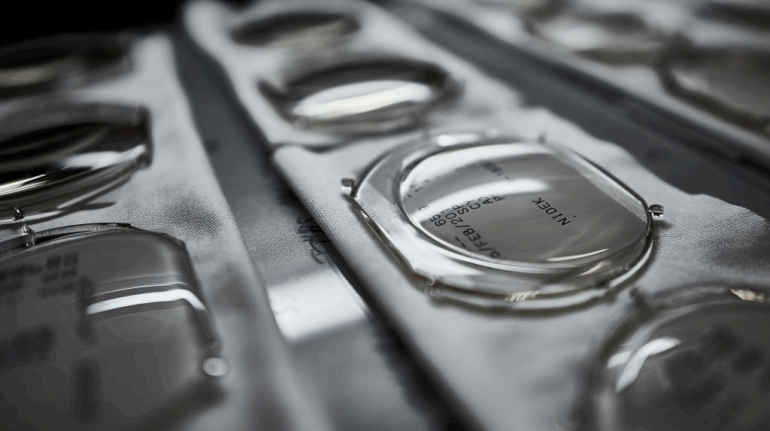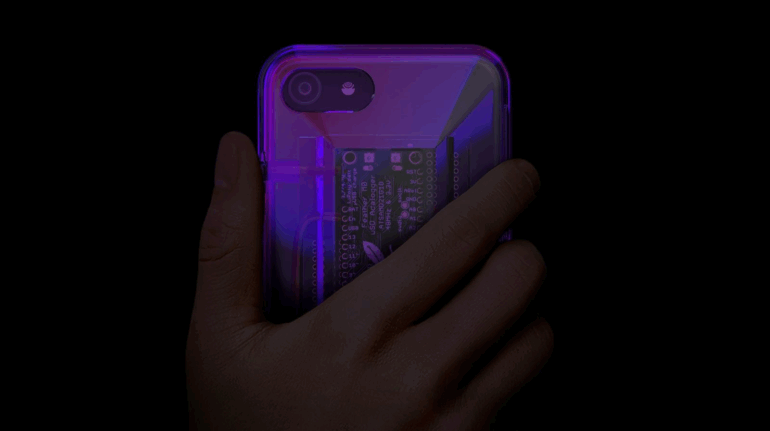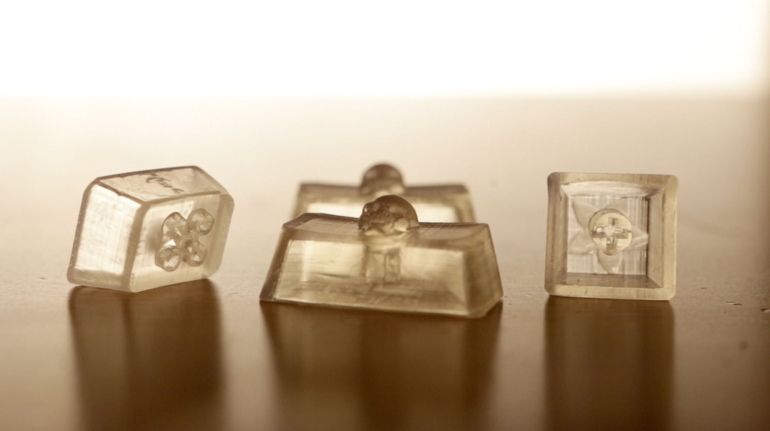Over 50,000 Ophthalmic Lenses 3D Printed on Luxexcel VisionPlatform
Luxexcel‘s VisionPlatform systems installed in the US and Europe have printed over 50,000 lenses for customers in the traditional and smart eyewear, and high-tech industries. The Dutch company is the leading technology provider for 3D printed prescription lenses.










